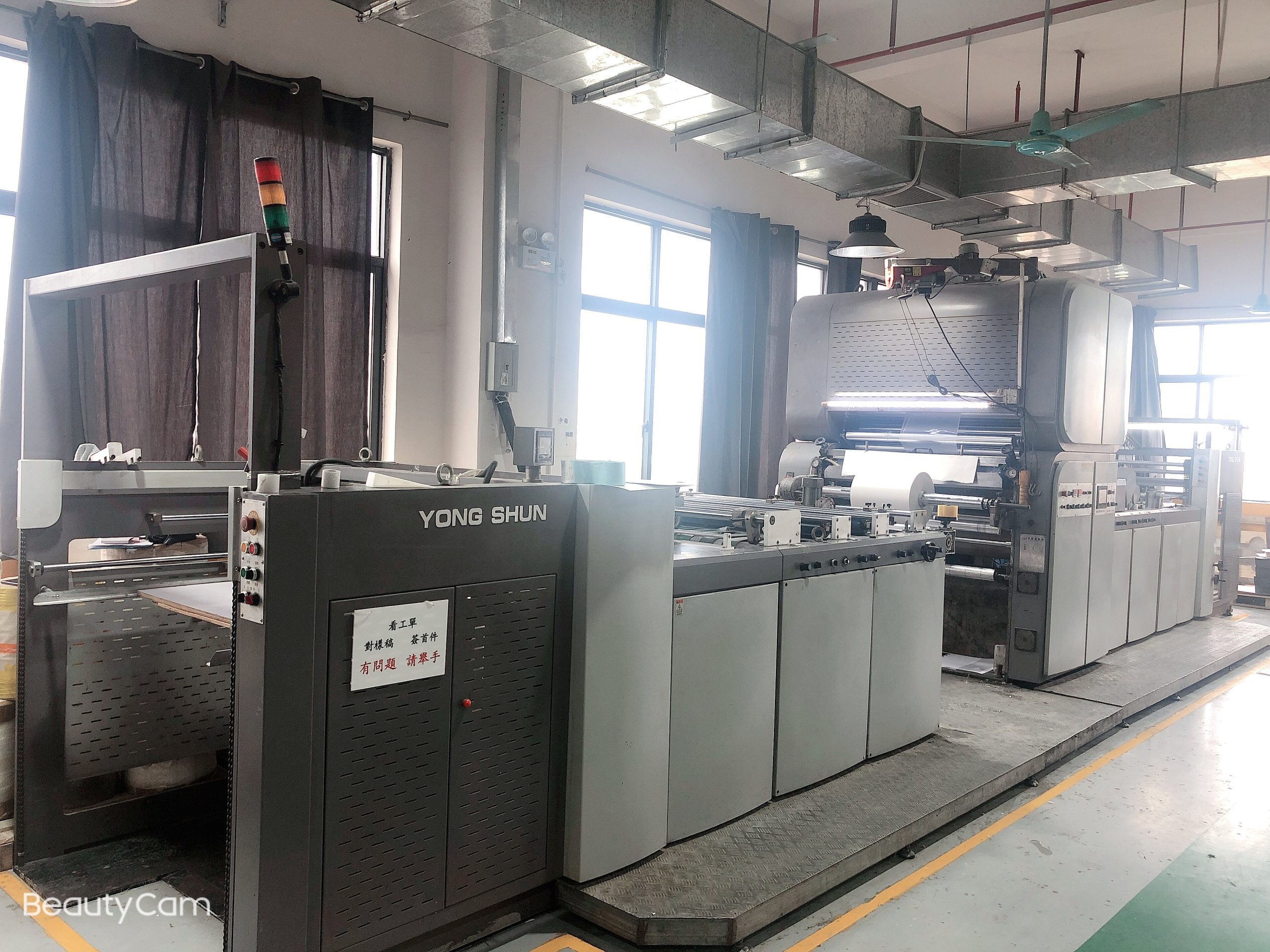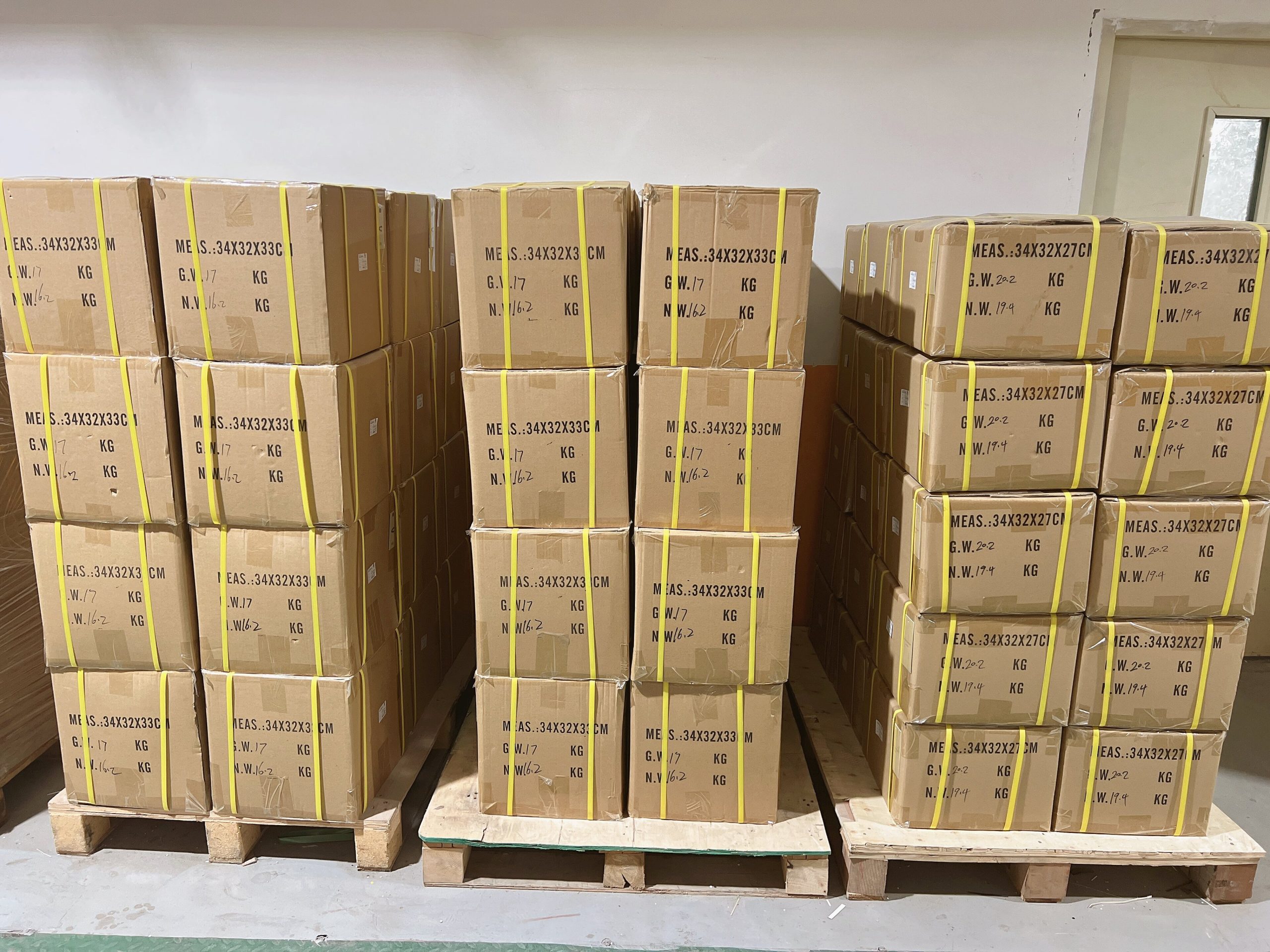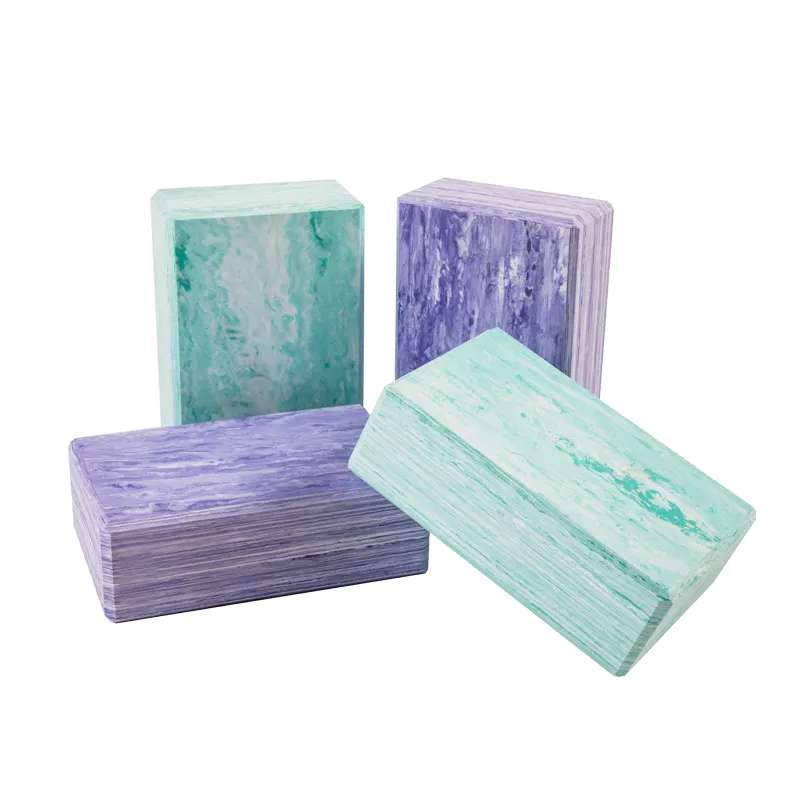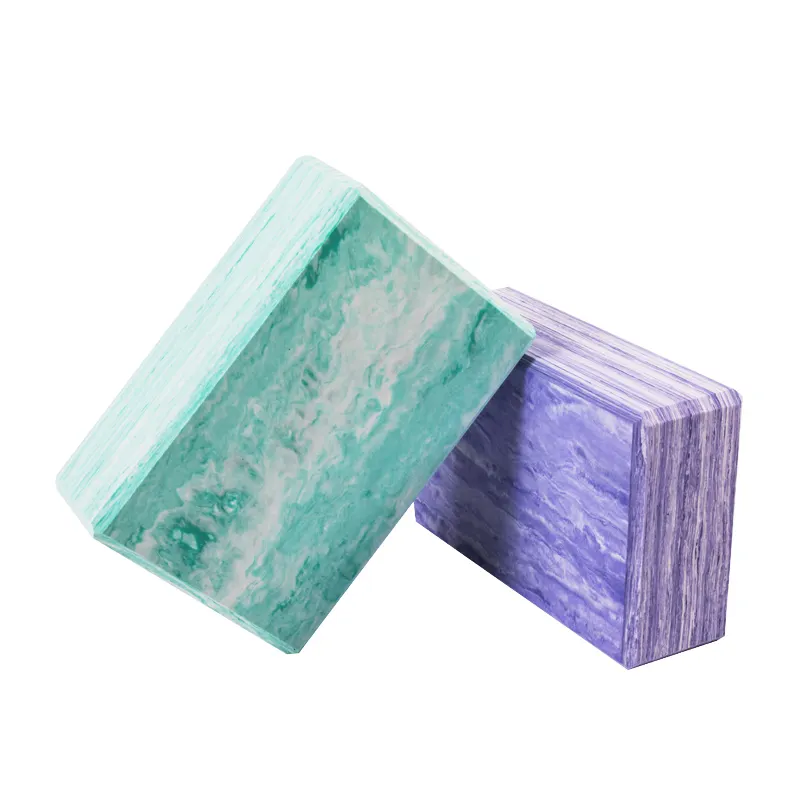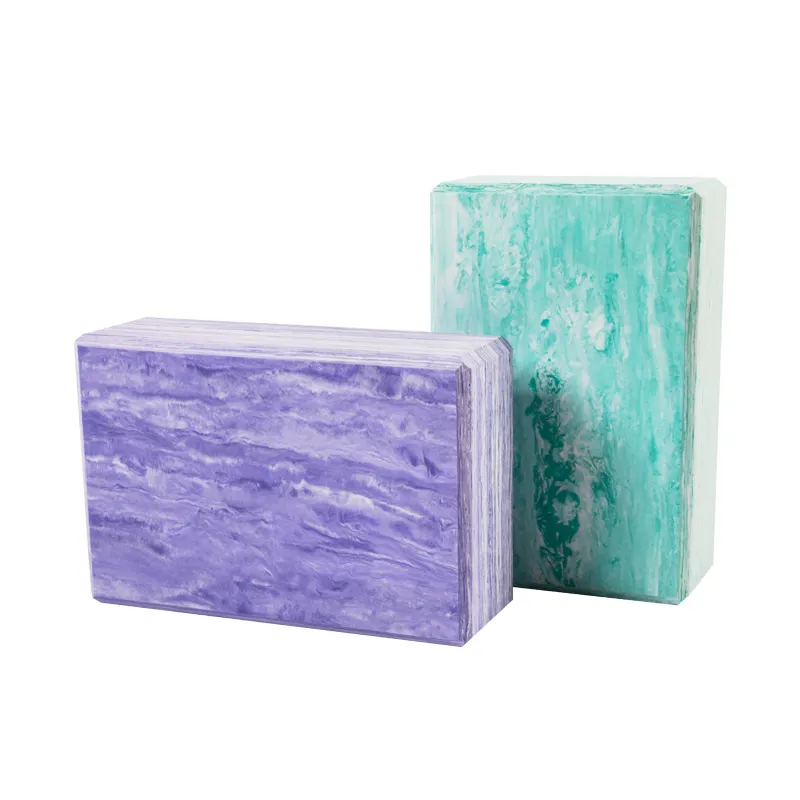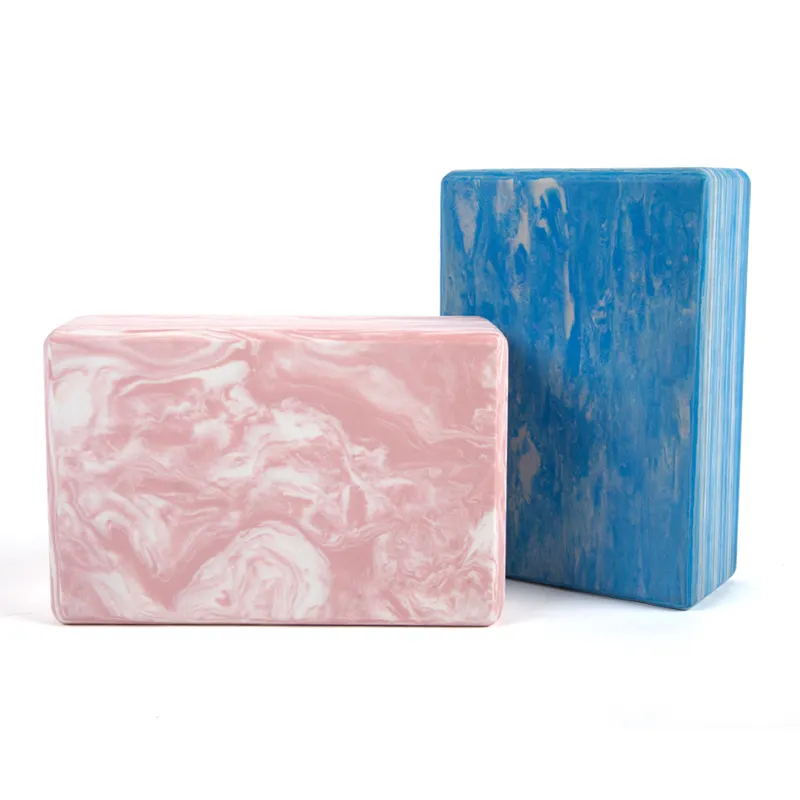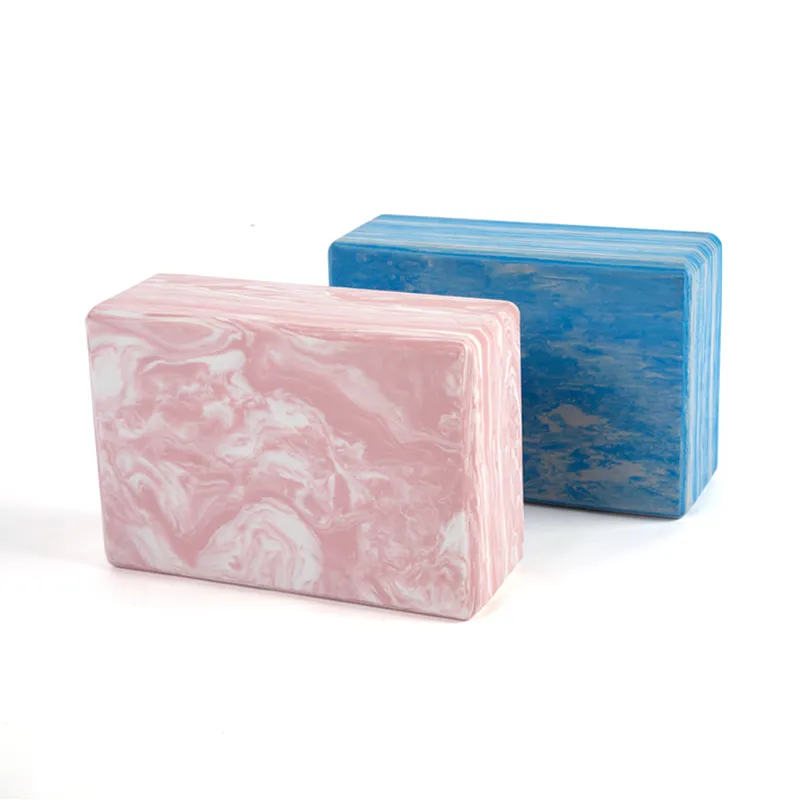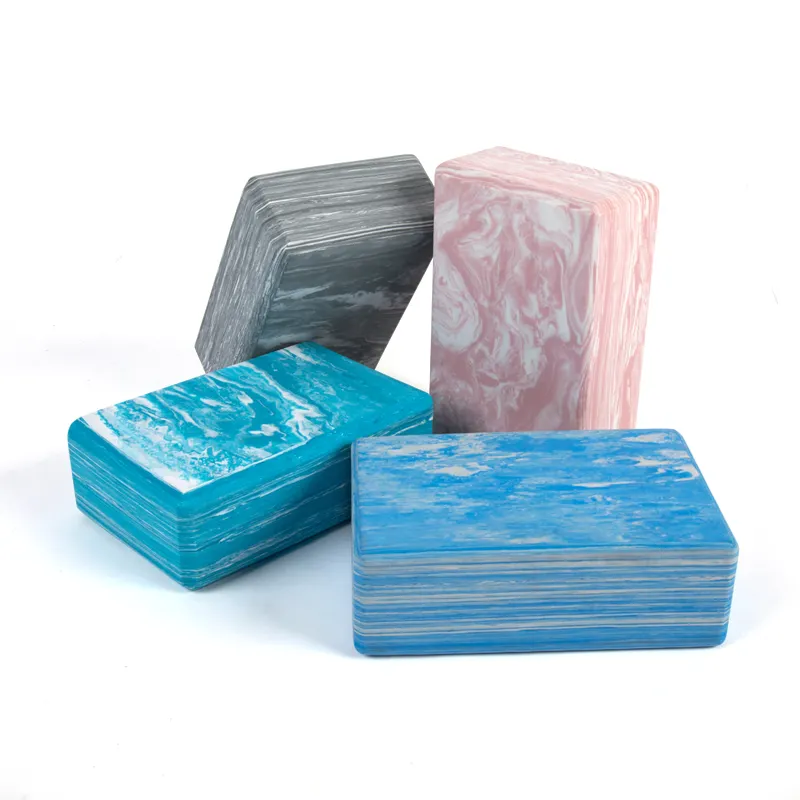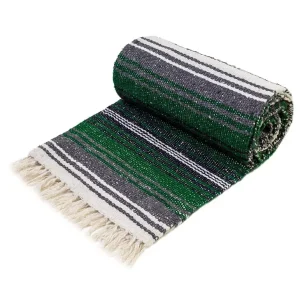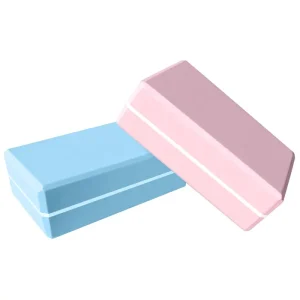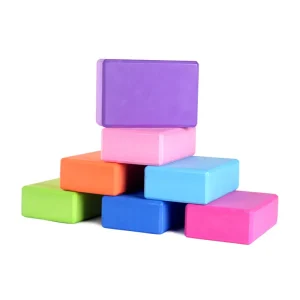Yoga blocks are versatile props that augment yoga practice by offering support, stability, and extension in various poses. Typically rectangular in shape, they come in different materials such as foam, cork, or wood, each providing unique levels of density and firmness.
These blocks serve multiple purposes during yoga sessions. They assist in achieving proper alignment by reducing the distance between the body and the floor, making poses more accessible, especially for beginners or those with limited flexibility. By placing the blocks under hands, feet, or hips, practitioners can modify poses to match their current abilities, gradually progressing as flexibility and strength develop.
The blocks also deepen stretches, allowing individuals to maintain postures comfortably for longer durations. For instance, in a seated forward fold, a block under the hands can elevate the ground closer to the practitioner, facilitating a better stretch in the hamstrings.
Additionally, yoga blocks aid in improving balance and stability. When used as a supportive platform, they enable individuals to focus on refining their form and finding stability in challenging poses like half-moon or standing splits.
Available in various sizes—typically small, medium, and large—yoga blocks accommodate different body types and practice levels. Smaller blocks are portable and useful for travel or classes, while larger ones offer more surface area and stability for certain poses.
The choice of material can impact the block’s durability, grip, and comfort. Foam blocks are lightweight and provide a bit of give, while cork and wood blocks offer more stability and firmness.
Ultimately, yoga blocks are valuable tools that empower practitioners to explore and deepen their practice, fostering alignment, support, and progression in yoga postures.
